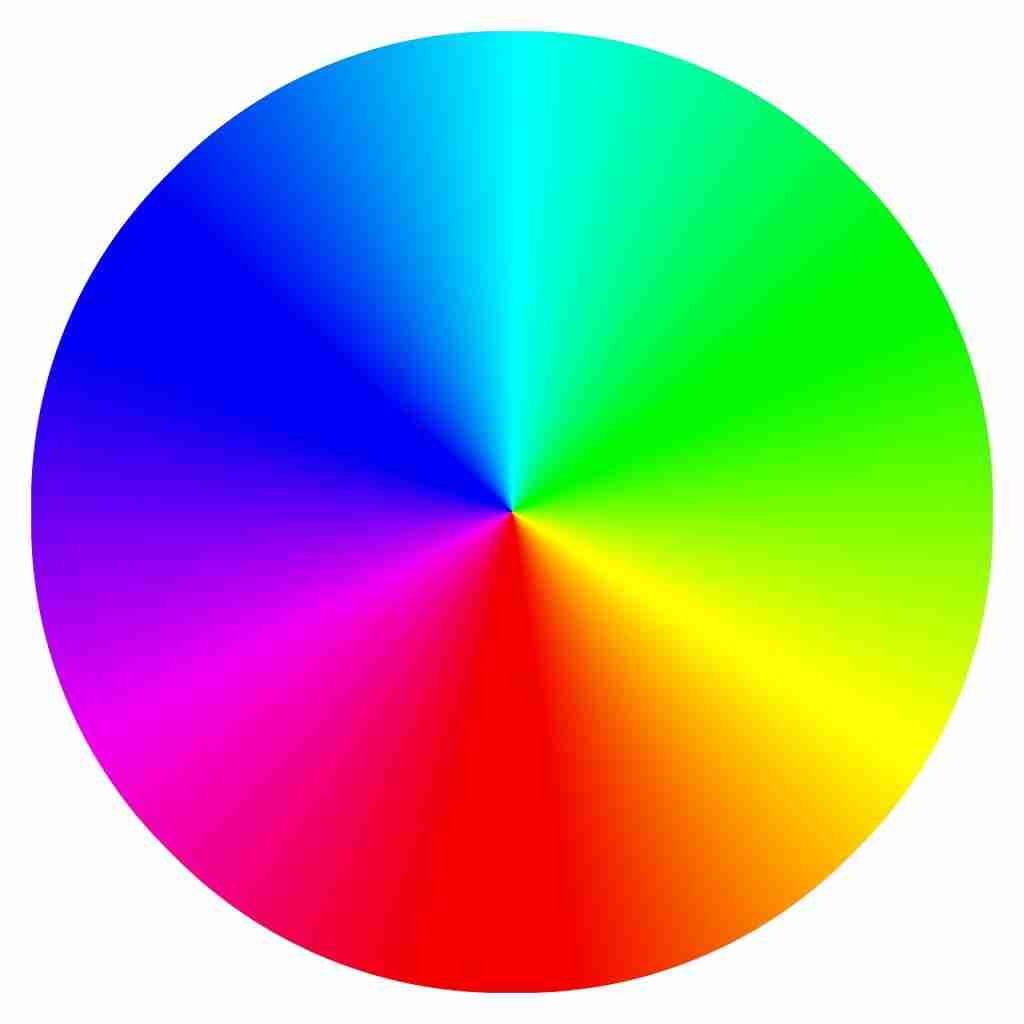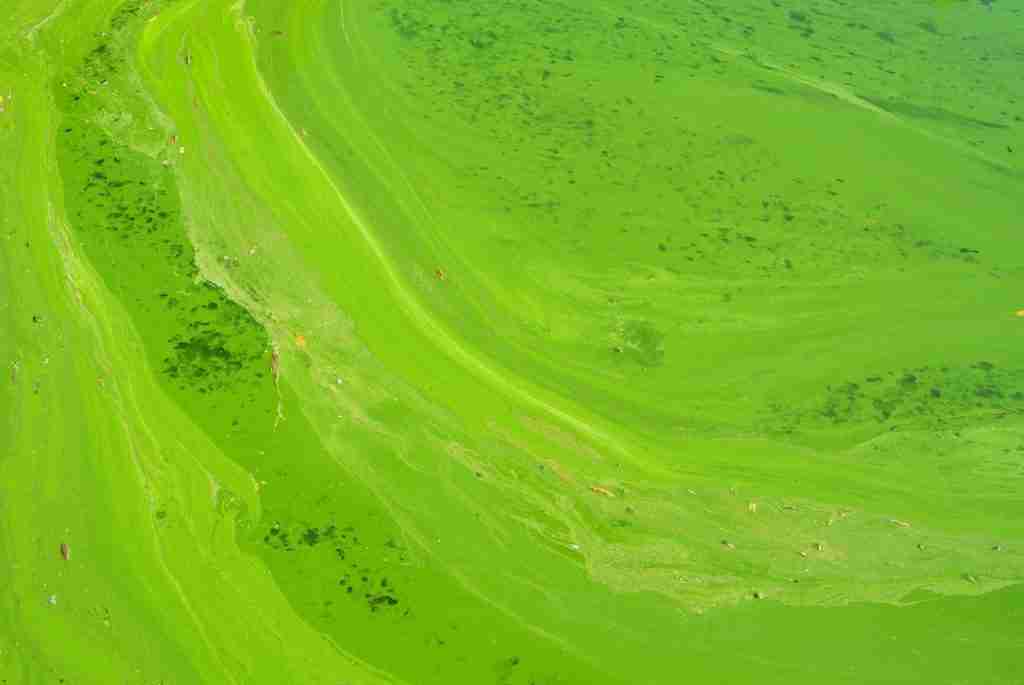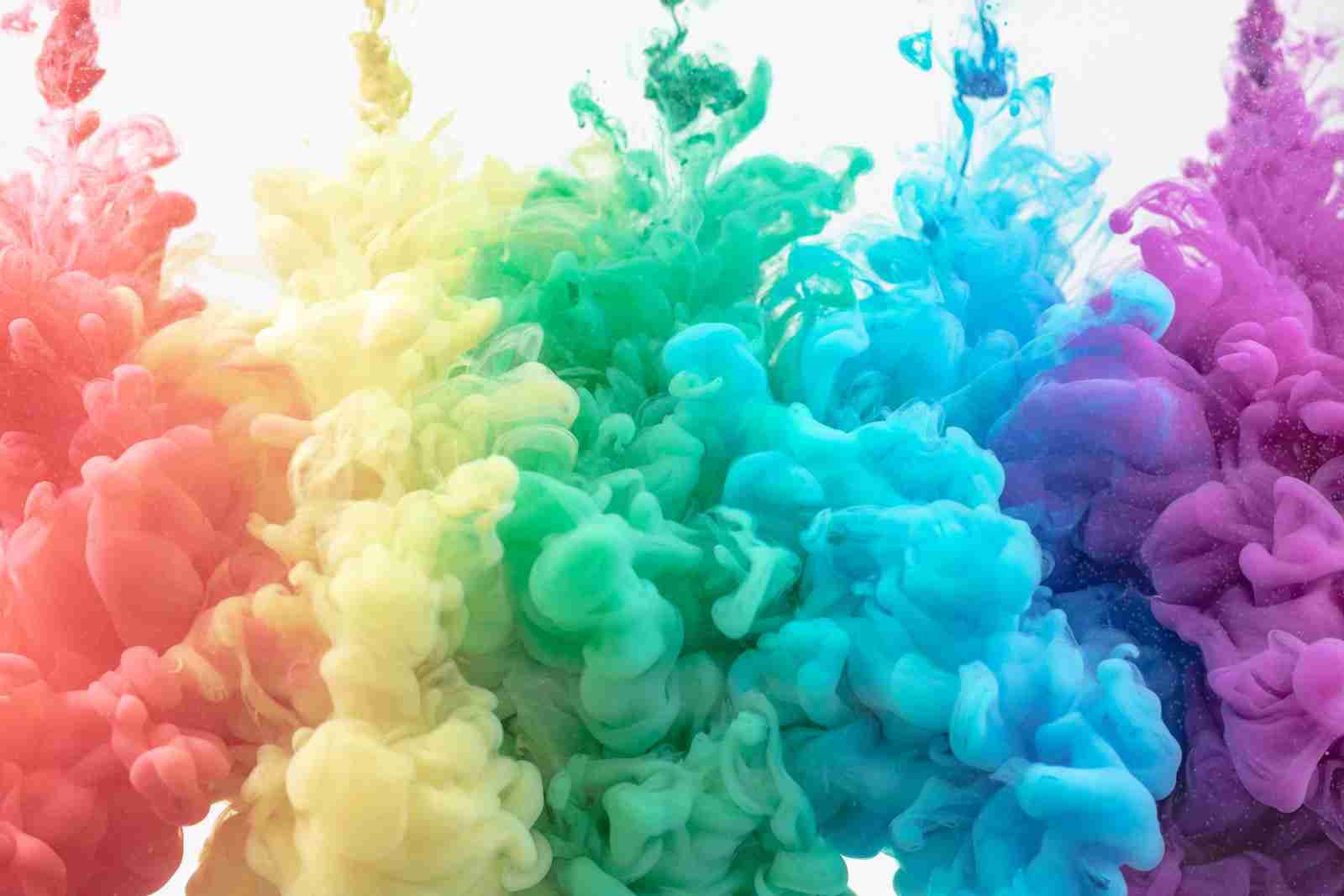24 Fun Facts About Colors | The World in Colors
1. Blue is the most common favorite color.
Blue’s popularity as a favorite color span across various cultures and age groups.
This preference is often attributed to its association with the sky and water, evoking a sense of calm and stability. Different shades of blue, from the tranquility of cerulean to the professionalism of navy, carry distinct connotations.
2. Red can increase your heart rate.
The color red is known for its intensity and ability to evoke strong emotions.
Often associated with energy, passion, and danger, red has a physiological effect of increasing heart rate and alertness. This makes it an effective color in contexts that require immediate attention, like stop signs and emergency vehicles.
3. Purple was once a royal color.
Purple’s association with royalty and luxury dates back to ancient times when purple dye was extremely rare and expensive.
The difficulty in producing this dye made it exclusive to the wealthy and powerful, and this historical significance continues to influence the color’s perception as luxurious and sophisticated.
4. The color wheel was invented in the 17th century.

Sir Isaac Newton introduced the color wheel in 1666, revolutionizing the way we understand color relationships.
By arranging colors in a circular format, he showed the natural progression of hues and created a tool still used in art and design to combine colors harmoniously.
5. Chromotherapy uses colors for healing.
Chromotherapy, an alternative healing method, employs colors to adjust body vibrations to frequencies that promote health and harmony.
Different colors are thought to have various healing properties, from the calming effect of blue to the energizing influence of red.
6. Gold indicates prosperity and wealth.
The color gold is synonymous with wealth, prosperity, and success.
Its shimmering quality evokes a sense of luxury and prestige, making it a popular choice in branding and design for high-end products and services.
7. Different cultures have unique color symbolisms.
Colors carry different meanings across various cultures.
For example, while red often symbolizes luck and happiness in Chinese culture, it can represent danger or warning in Western cultures. These cultural differences highlight the diverse ways in which colors are interpreted and used around the world.
8. The rarest natural hair color is red.

Red hair, with its unique and striking appearance, is the rarest natural hair color.
This rarity is due to a specific genetic mutation that affects the production of melanin, the pigment responsible for hair color.
9. Some languages have fewer color terms.
Linguistic studies have found that some languages categorize colors differently, with fewer distinct terms.
This variation in color terminology demonstrates the diverse ways in which different cultures perceive and describe their visual experiences.
10. Dark colors absorb more heat.
Darker colors, particularly black, absorb more light and heat compared to lighter colors.
This principle is the reason why dark-colored clothing feels warmer in sunlight and is also applied in energy-efficient designs to absorb solar heat.
11. The first synthetic dye was purple.
The creation of the first synthetic dye, a purple color known as mauveine, marked a significant milestone in the history of chemistry and fashion.
Discovered accidentally by William Perkin in 1856, it paved the way for a wide range of synthetic dyes.
12. Animals often see colors differently.
The color vision of animals varies widely, with some species seeing a more limited color range and others perceiving colors beyond human capabilities.
These differences are adaptations to their environments and play a key role in behaviors such as hunting and mating.
13. The human eye can see about 10 million colors.
The human eye’s ability to perceive a wide range of colors is a remarkable feature of our vision.
This capacity to distinguish approximately 10 million colors allows us to appreciate the rich and diverse palette of the world around us.
14. Color therapy is used in marketing.
In marketing, colors are strategically used to influence consumer behavior and perceptions.
Different colors evoke different emotions and reactions, from the trust inspired by blue to the energy and urgency conveyed by red, making color choice a crucial element in branding and advertising.
15. The rarest natural hair color is red.
Red hair, with its unique and striking appearance, is the rarest natural hair color.
This rarity is due to a specific genetic mutation that affects the production of melanin, the pigment responsible for hair color.
16. Ancient Greeks didn’t have a word for blue.
The absence of a specific word for ‘blue’ in ancient Greek texts suggests a different perception of color in antiquity.
The sky and sea were often described using colors like bronze or dark wine, highlighting how language shapes our understanding of color.
17. Neon colors were popularized in the 1980s.
Neon colors, known for their bright and fluorescent qualities, gained significant popularity in the 1980s.
These vivid colors were emblematic of the era’s bold and expressive fashion and pop culture, and they continue to be used today to create eye-catching and lively designs.
18. Color blindness affects more men than women.
Color blindness, a condition where individuals have difficulty distinguishing certain colors, predominantly affects men.
This is due to the genetic factors associated with the X chromosome, where the genes for color vision are located.
19. Colors can influence taste perceptions.
The appearance of food can significantly alter our perception of its taste.
For example, colorings in sweets can influence how sweet or flavorful they are perceived to be, demonstrating the strong interplay between sight and taste.
20. The most visible color is lime green.

Lime green stands out as one of the most visible and recognizable colors to the human eye.
This makes it a popular choice for safety gear and signage, where maximum visibility is crucial.
21. Silver reflects innovation and modernity.
Silver, with its cool and sleek appearance, is often associated with modernity, technology, and innovation.
This color is used to convey a sense of sophistication and futuristic appeal, making it a popular choice in the tech industry and contemporary design.
22. How does a color wheel work online?
A color wheel online is a visual tool that organizes colors based on their relationships. It helps users choose harmonious color schemes for design or art projects.
23. Dark colors absorb more heat.

Darker colors, particularly black, absorb more light and heat compared to lighter colors.
This principle is the reason why dark-colored clothing feels warmer in sunlight and is also applied in energy-efficient designs to absorb solar heat.
FAQs
A branding color is a specific color or set of colors associated with a brand. Consistent use of these colors in marketing materials helps create a recognizable and cohesive brand identity.
When choosing brand colors, consider the brand’s message, industry, and target demographic. Colors evoke emotions and can influence how customers perceive a brand.
A hex color palette uses hexadecimal codes to represent colors. It’s commonly used in web design and digital graphics, providing precise color specifications.
Colors TV is a popular Indian television channel known for a diverse range of programs, including dramas, reality shows, and entertainment events.
Yes, there are songs about colors. One example is “Colors of the Wind” from Disney’s Pocahontas. Music often explores emotions and experiences associated with different colors.







